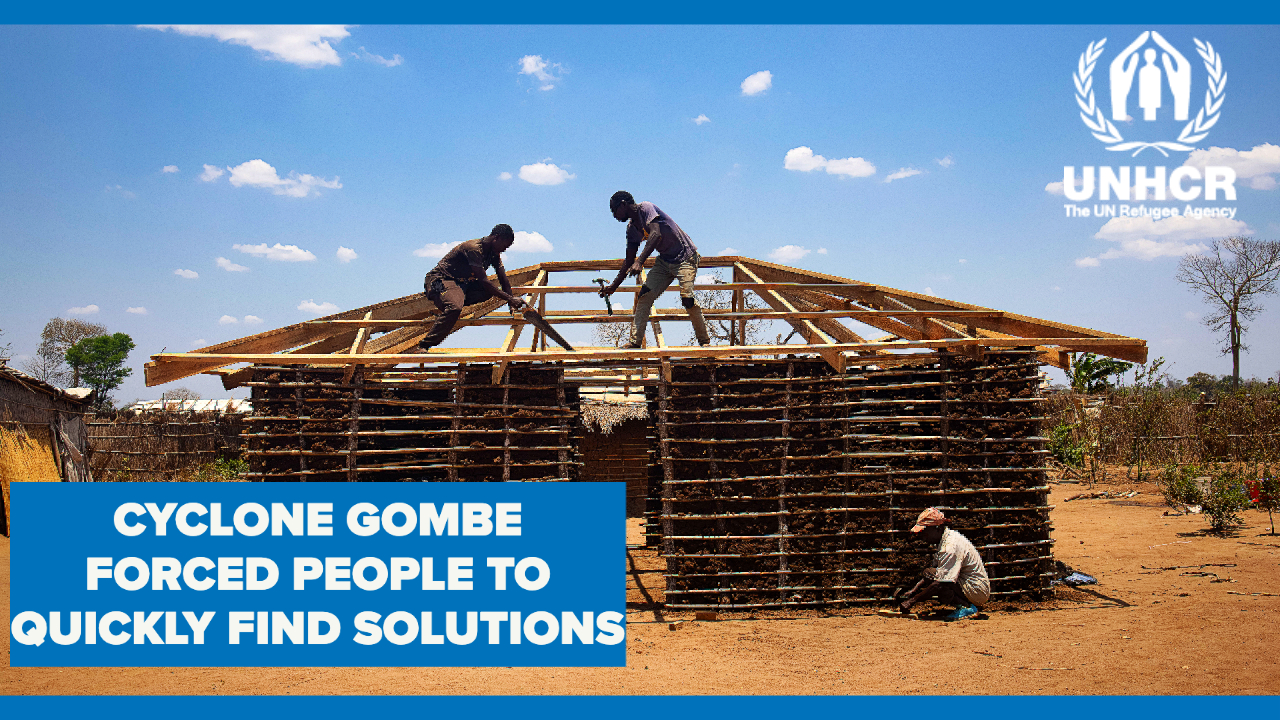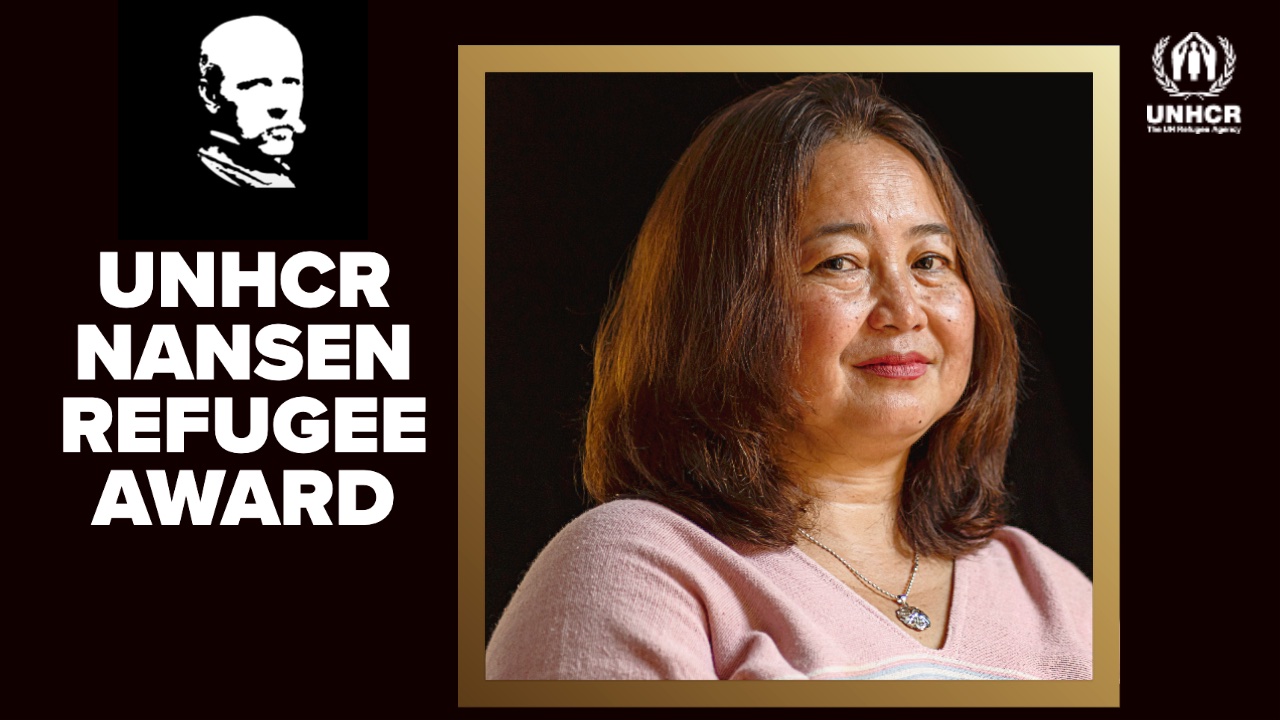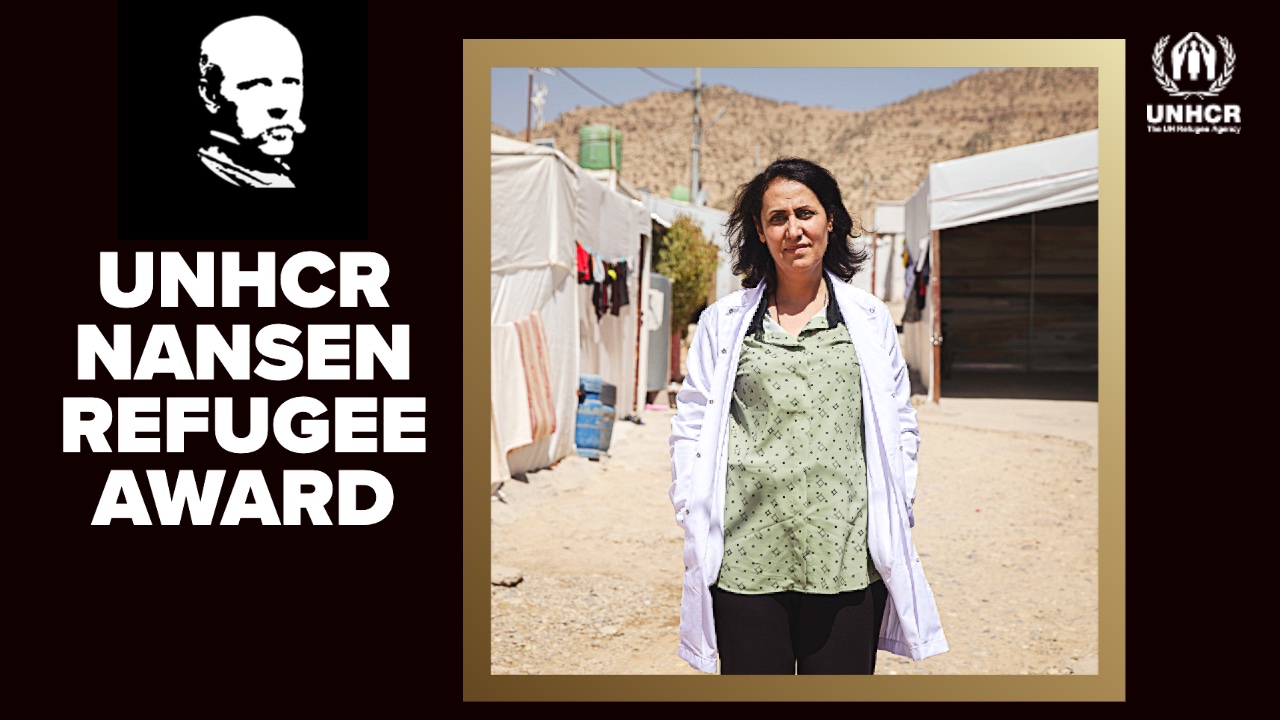UNHCR organizes go-and-see visits for displaced Kenyans
UNHCR organizes go-and-see visits for displaced Kenyans

NYAKINYUA, Kenya, May 7 (UNHCR) - Thirty displaced Kenyans have paid a day-long visit to the Rift Valley Province villages they fled earlier this year, but left for their sanctuaries undecided about whether or not to return permanently. Some were shocked to see the devastation wreaked on their property.
The UN refugee agency organized the "go-and-see" visits on Tuesday to Nyakinyua and Timboroa, setting out from the provincial capital of Nakuru in western Kenya. The visits, requested by the 30 internally displaced people (IDPs) taking part, came a day after the government launched an IDP resettlement programme dubbed "Operation Rudi Nyumbani" (Operation Return Home).
The group of 15 IDPs who visited Nyakinyua - all from the same ethnic group - were warmly welcomed by their neighbours from a rival ethnic group, some of whom had turned on them when violence broke out after last December's presidential election. The inter-ethnic violence left some 1,200 people dead and 350,000 homeless - 90 percent of them in the Rift Valley.
Men and women rushed out from their homes to greet the visitors in an emotional reunion. The two groups embraced and held hands. But the IDPs were also shocked by the destruction of their property - the homes of every member of the party had either been totally destroyed, badly damaged or vandalized.
Ann Waithera, 44, was upbeat when she left Nakuru earlier in the day for Nyakinyua. "I need to see if we can reconcile, I need to see the goodwill," she said in Nakuru. But her mood changed in Nyakinyua after walking through the ashes of her family house and the ruins of her vegetable garden.
"What are we going to do here when we come back? There is nothing left. Our land is very fertile but we are surrounded by aggressors," she said.
UNHCR organized the trip so that the IDPs could assess the security situation, infrastructure and livelihood possibilities. They were expected to share their impressions with other displaced people. "It's all part of our efforts to provide the IDPs with objective information about conditions in their villages so they can make an informed decision about return," said a UNHCR spokesperson.
The two groups of IDPs, accompanied by aid agency staff, were taken to their villages on minibuses provided by the International Organization for Migration (IOM). They met local authorities and representatives of other communities in the area as part of the reconciliation process.
There was some recrimination during Tuesday's visit to Nyakinyua. For example, William Kiplagat, 55, denied accusations of stealing his neighbour's cows and destroying property and said he had nothing against the IDP visitors and their ethnic group. "They can take back their land. I would like them to come back," he said.
The reunion largely went very well, but by the end of the visit the IDPs were still undecided about a permanent return.









